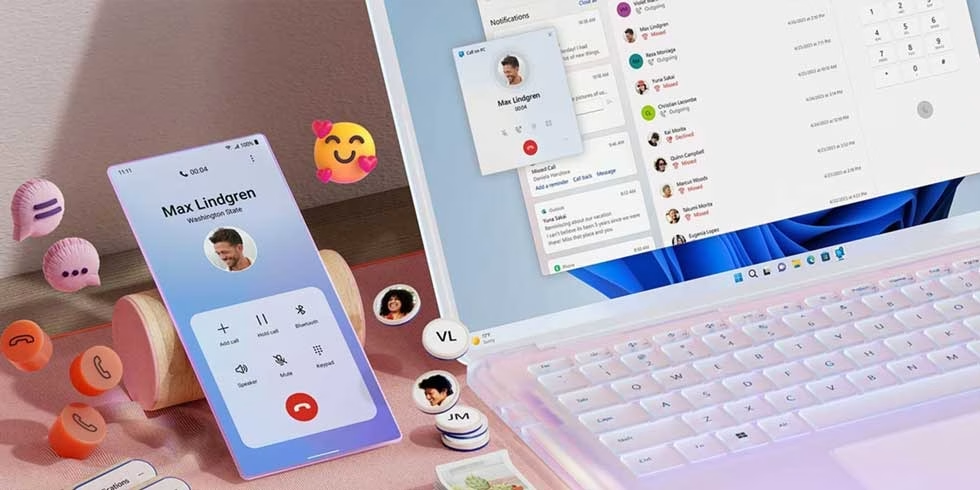Microsoft Bolsters Cross-Platform Productivity with Enhanced Clipboard Sync for Windows and Android
The forthcoming update, spotted in recent development builds and internal testing, appears to go beyond the existing "Phone Link" (formerly "Your Phone") app's limited clipboard sharing. The new implementation promises a more direct and integrated experience, potentially leveraging Gboard's own capabilities to facilitate the transfer of copied text and other data. This could mean that anything you copy on your Windows machine might soon be instantly available to paste on your Android device, and vice-versa, without needing to manually open specific apps or initiate a sync process.
Deeper Integration with Gboard: A Game Changer?
What's particularly interesting about this development is the explicit mention of Gboard support. Gboard, being the default keyboard for a significant portion of Android users, offers a prime opportunity for Microsoft to embed this cross-platform functionality at a fundamental level. Imagine copying a URL on your PC and then, as you start typing on your Android phone, seeing that URL readily available in Gboard's suggestion bar, ready to be pasted with a single tap. It's a small convenience, but one that could dramatically improve efficiency for many.
This isn't the first time Microsoft has explored cross-device clipboard sharing. Features like "Continue on PC" and the aforementioned Phone Link have offered glimpses of this capability. However, past implementations have sometimes felt clunky or required specific user actions to trigger. The integration with Gboard suggests a more passive, always-on approach, where the synchronization happens in the background, making it feel more like a natural extension of the user's workflow.
Unpacking the Technical Underpinnings and User Benefits
While the exact technical architecture isn't fully public, it's likely that Microsoft is leveraging cloud services and potentially Bluetooth or Wi-Fi direct connections to ensure near real-time synchronization. The key here is making it feel effortless. For professionals who regularly move between drafting emails on their PC and responding to messages on their phone, or students who copy research notes from their laptop to their tablet, this feature could be a genuine productivity booster.
Think about it: you're working on a document, copy a block of text, and then need to quickly send it via text message. Instead of the multi-step process of emailing it to yourself or using a third-party app, you could simply switch to your phone, open your messaging app, and paste. It’s the kind of seamless interaction that users have come to expect from modern connected devices, and it’s great to see Microsoft investing in this area.
What This Means for the Cross-Platform Landscape
This enhanced clipboard sync is more than just a convenience feature; it's a strategic move by Microsoft to deepen its ties with the Android ecosystem. By making Windows more integrated with the devices people use daily, Microsoft can encourage greater adoption of its services and software. It also puts pressure on other cross-platform solutions, potentially making third-party apps for file sharing and clipboard management less necessary for many users.
Of course, there are always considerations. Privacy will be paramount. Users will want to know how their clipboard data is being handled and secured. Microsoft will need to be transparent about this. Furthermore, the reliability and speed of the sync will be crucial. If it's slow or inconsistent, it won't gain much traction. But the potential is undeniable.
Future Possibilities and What to Watch For
The integration with Gboard is just the tip of the iceberg. One can imagine future iterations of this feature supporting richer content types, like images or even small files. Will it eventually extend to other Google services or even iOS devices? It's too early to say, but Microsoft's commitment to cross-platform interoperability seems to be growing.
This development is definitely one to keep an eye on. As it rolls out, it could fundamentally change how many of us interact with our devices, making the transition between Windows and Android feel less like a jump and more like a continuous flow. It’s a smart move, and I'm genuinely excited to see how it plays out. Will this finally make that seamless copy-paste experience a reality for everyone? We'll have to wait and see, but the signs are promising.
